We’re taking one of Xiaomi’s more affordable phones, the Xiaomi Redmi 10C, for a review. This features a Qualcomm Snapdragon chip, 4GB of RAM, and up to 128GB of internal storage.
We’re testing a faster review system on our YouTube channel: our 5-point reviews that condenses the focus on the design, display, cameras, performance, and battery life of a device.
Xiaomi Redmi 10C specs:
- 6.71-inch HD+ IPS display
1650 x 720 px, 268ppi
Corning Gorilla Glass - Qualcomm Snapdragon 680 4G SoC
Adreno 610 GPU - 4GB RAM
+1GB expanded virtual RAM via storage - 64GB, 128GB UFS 2.2 internal storage
with dedicated microSD card slot - Dual-rear cameras with LED Flash:
50MP f/1.8 main
2MP f/2.4 depth - 5MP f/2.2 front camera
- 4G LTE, Dual-SIM (nano)
- WiFi 802.11ac, Bluetooth 5.0, NFC, GPS, A-GPS, GLONASS, BDS, GALILEO
- IR blaster, USB-C, 3.5mm audio jack
- Rear fingerprint scanner
- MIUI 13 (Android 11)
- 5,000mAh battery
18W fast charging - Colors: Graphite Gray, Ocean Blue, and Mint Gree

The design looks like your standard affordable Redmi phone, with a polycarbonate construction and a matte line pattern design at the back that gets smudges from time to time It looks great to hold and it’s quite light to use even for long periods of time.



Let’s look at the sides. The bottom has the USB-C port and the mono loudspeaker, while the 3.5mm audio jack is up atop. The right part focuses on the power and lock button as well as the volume keys, while the left side houses the triple-SIM card slot.

At the front, we have the 6.71-inch display with the call speaker with the 5-megapixel selfie camera notched at the upper middle part.

That features an IPS panel with HD resolution, quite the common go-to for phones in this price range which makes it decently sharpened too. The display is decent with good colors, brightness, contrast, and viewing angles. The loudspeaker? Quite the standard one for budget phones with tinny noise at the highest level, and offers just a decent amount of mids and voice when played in a medium-sized room.

Flip the device to its back, and we see the protruding area with the Redmi logo and the fingerprint scanner, and another layer for the dual cameras and the LED Flash. That 50-megapixel main lens and a 2MP shooter for depth? They do their job well. We get nice photos that can be easily shared on social media with their decent sharpness, vibrance, and contrast. Here are some shots we took with the phone:
These sample shots show that the phone can be used both indoors and outdoors with no issues. Selfie is also ok with the five-megapixel camera, as well as software AI beauty and portrait effects.
Video-wise, we can record up to 30 frames per second in Full HD resolution, with noise when zoomed at 10 times. Other than that it’s decent enough to be a clip shooter for your own memories.

The phone is powered by a Qualcomm Snapdragon 680 chip, 4GB of hardware plus 1GB of virtual RAM, and 64GB of internal storage. MIUI 13 is also on board, which offers tons of features. There’s some bug when using apps on the first boot, so make sure to update your device to the latest version to avoid this issue.
Performance has been good for multitasking, even when playing games such as Mobile Legends at Ultra settings where we see minimal frame skips or lags. It does warm up at the upper back for prolonged heavy use but is nowhere near bad levels. Here are our benchmarks:
- Antutu – 215,874
- Geekbench – 380 (Single Core) 1602 (Multi-Core)
You also have a 5000mAh battery here, which can get you more than a day with medium use with calls, SMS, camera photo-taking, and more online app games and browsing via WiFi and mobile data. Playing Mobile Legends continuously will drain the battery by 15 percent within the first 30 minutes on WiFi. Charging takes around one and a half hours with the provided 18-watt fast charger.
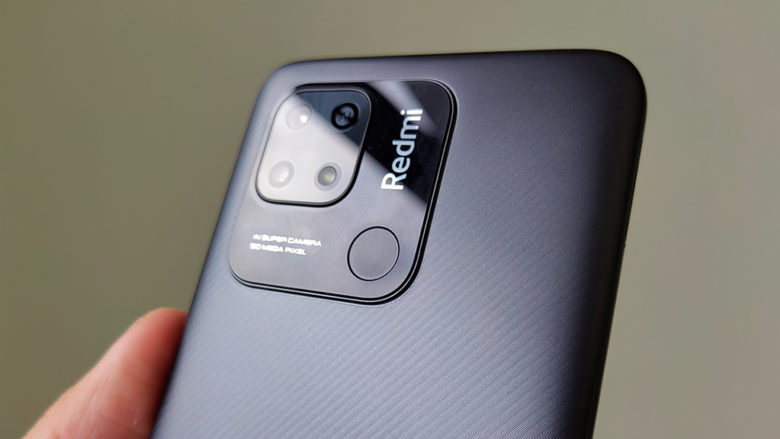




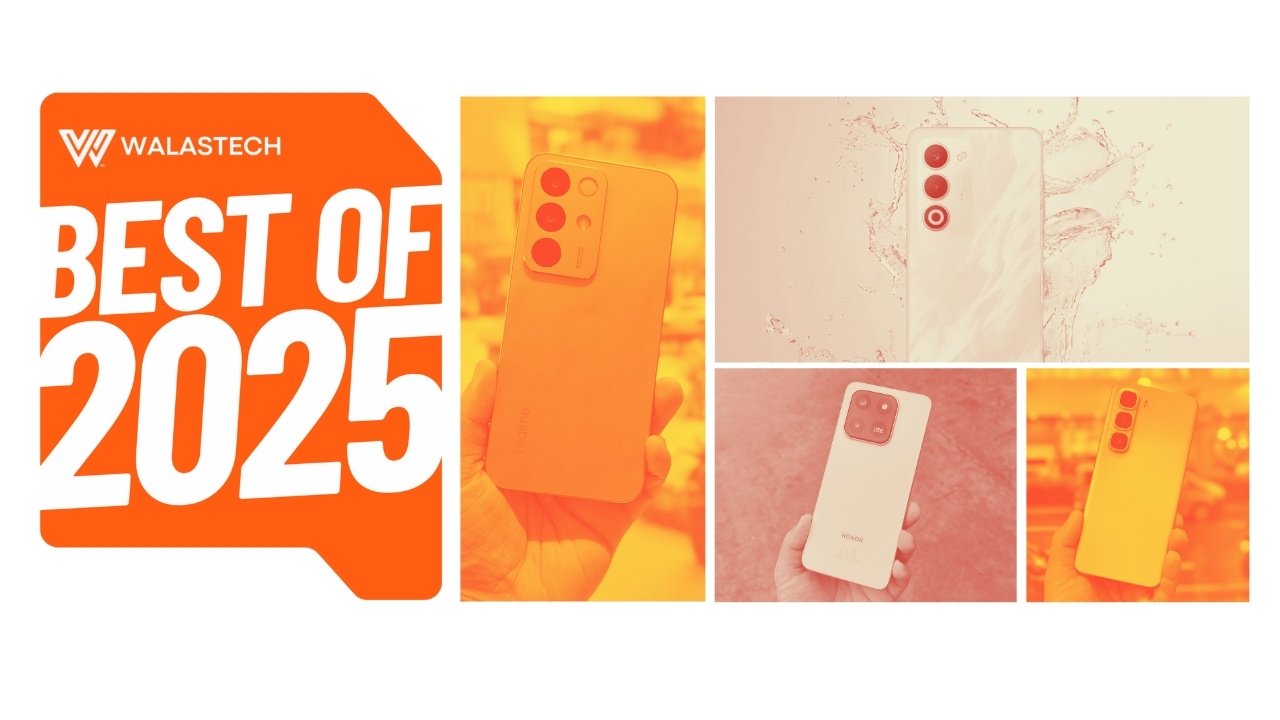


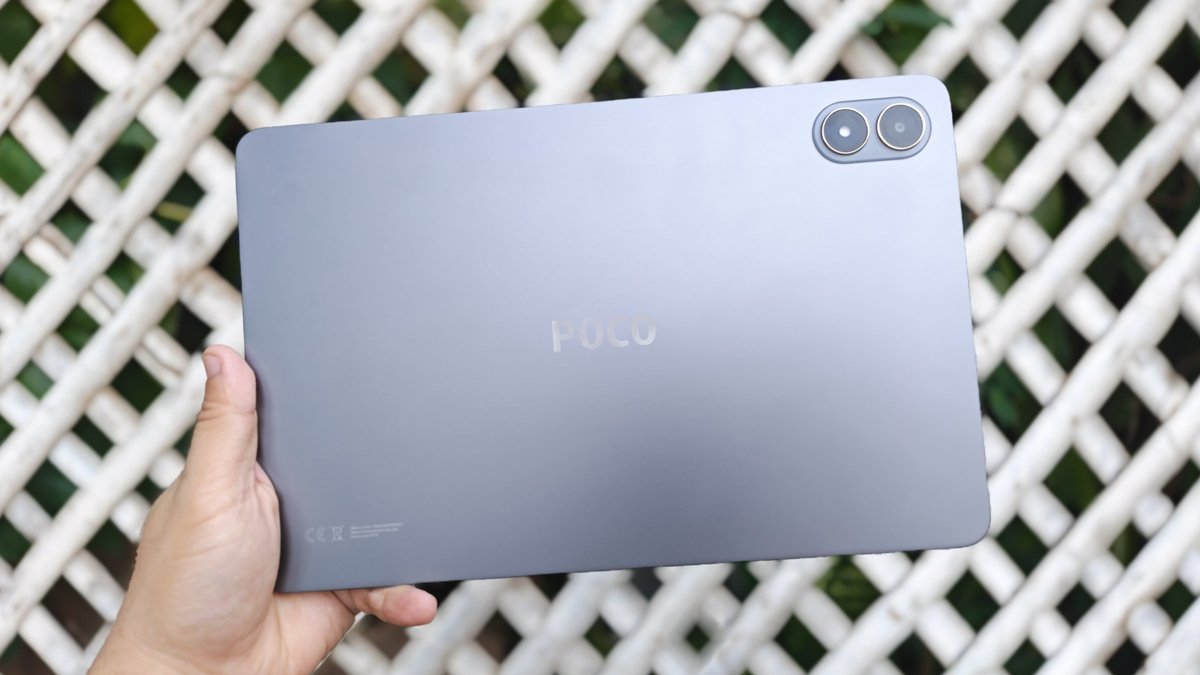
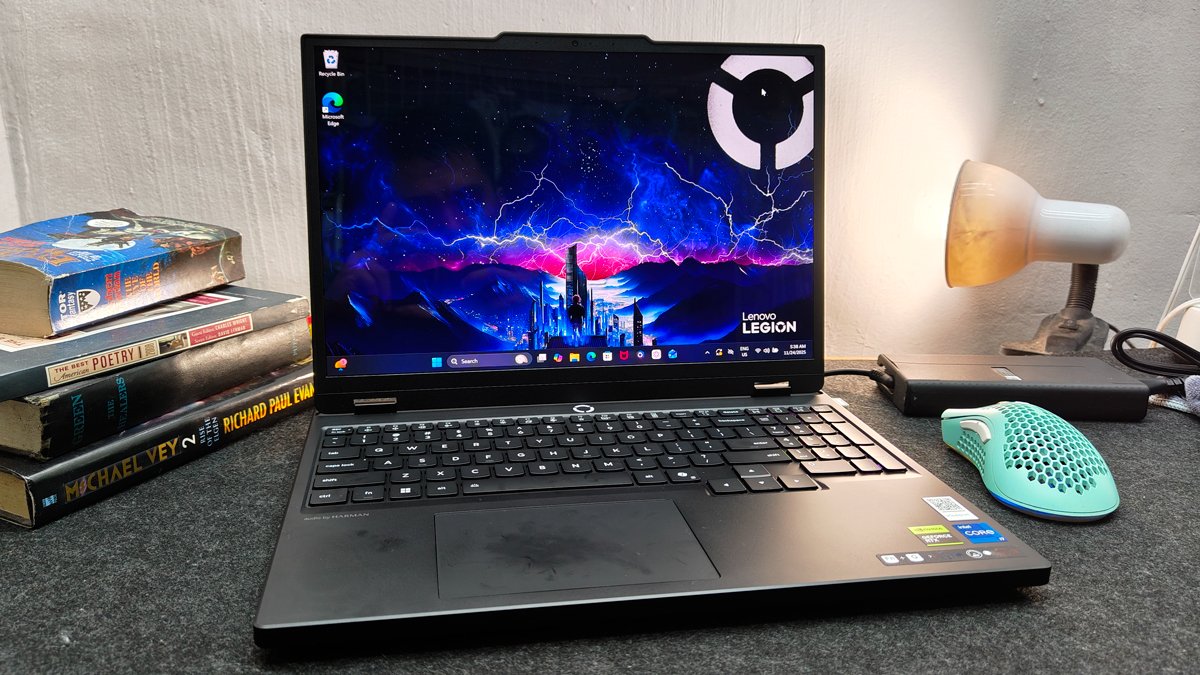
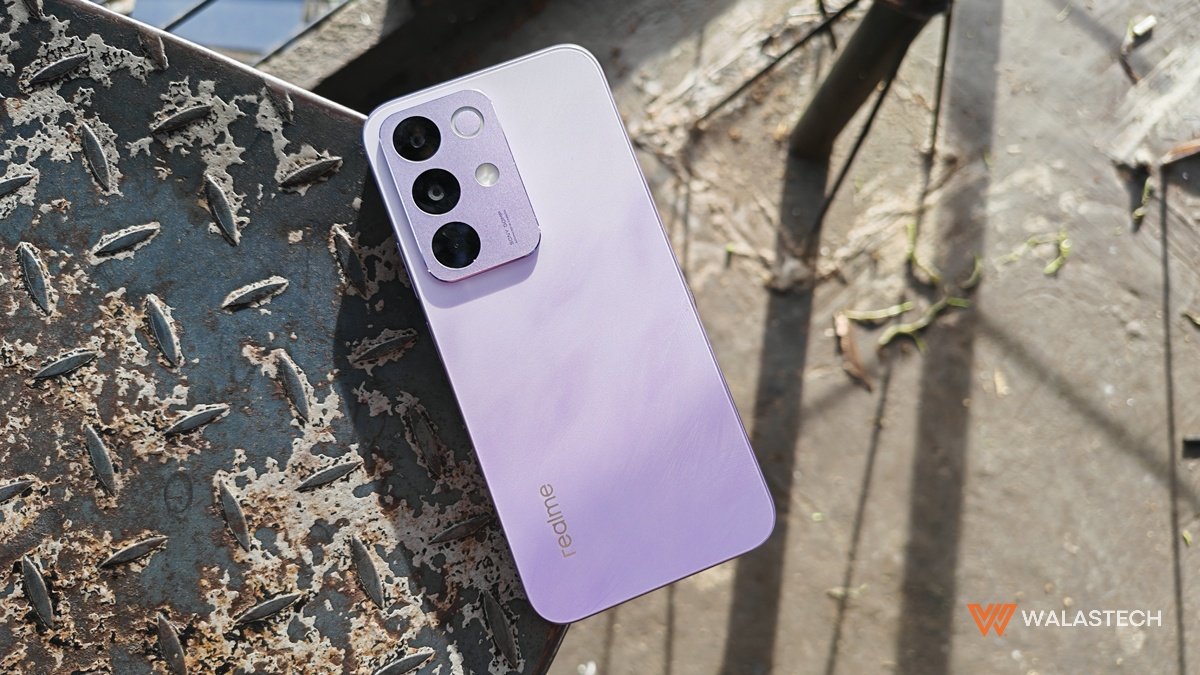
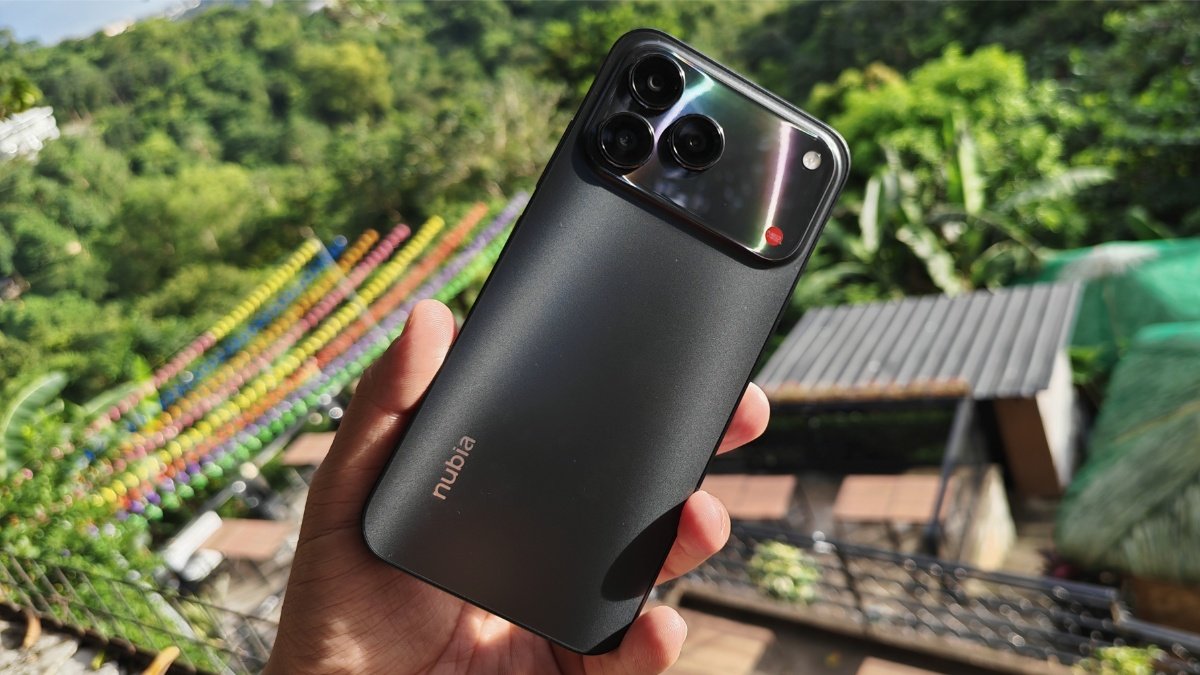
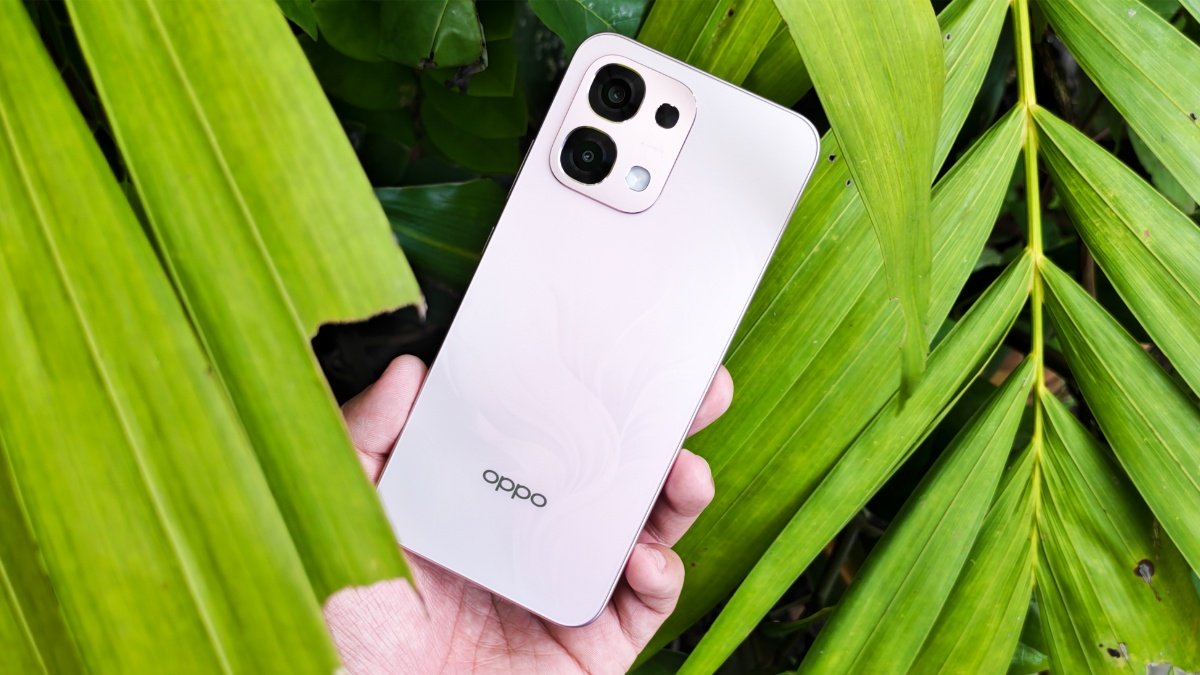
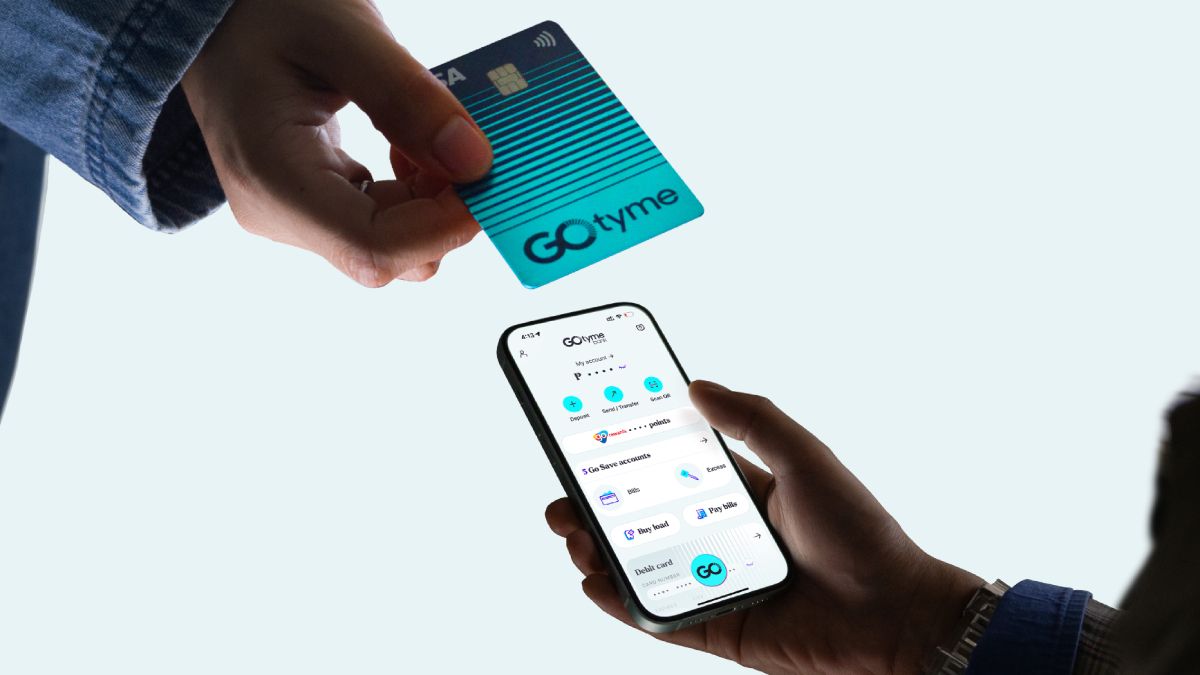





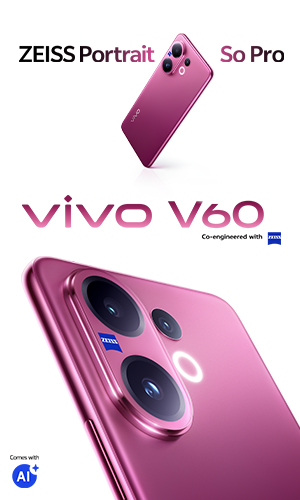

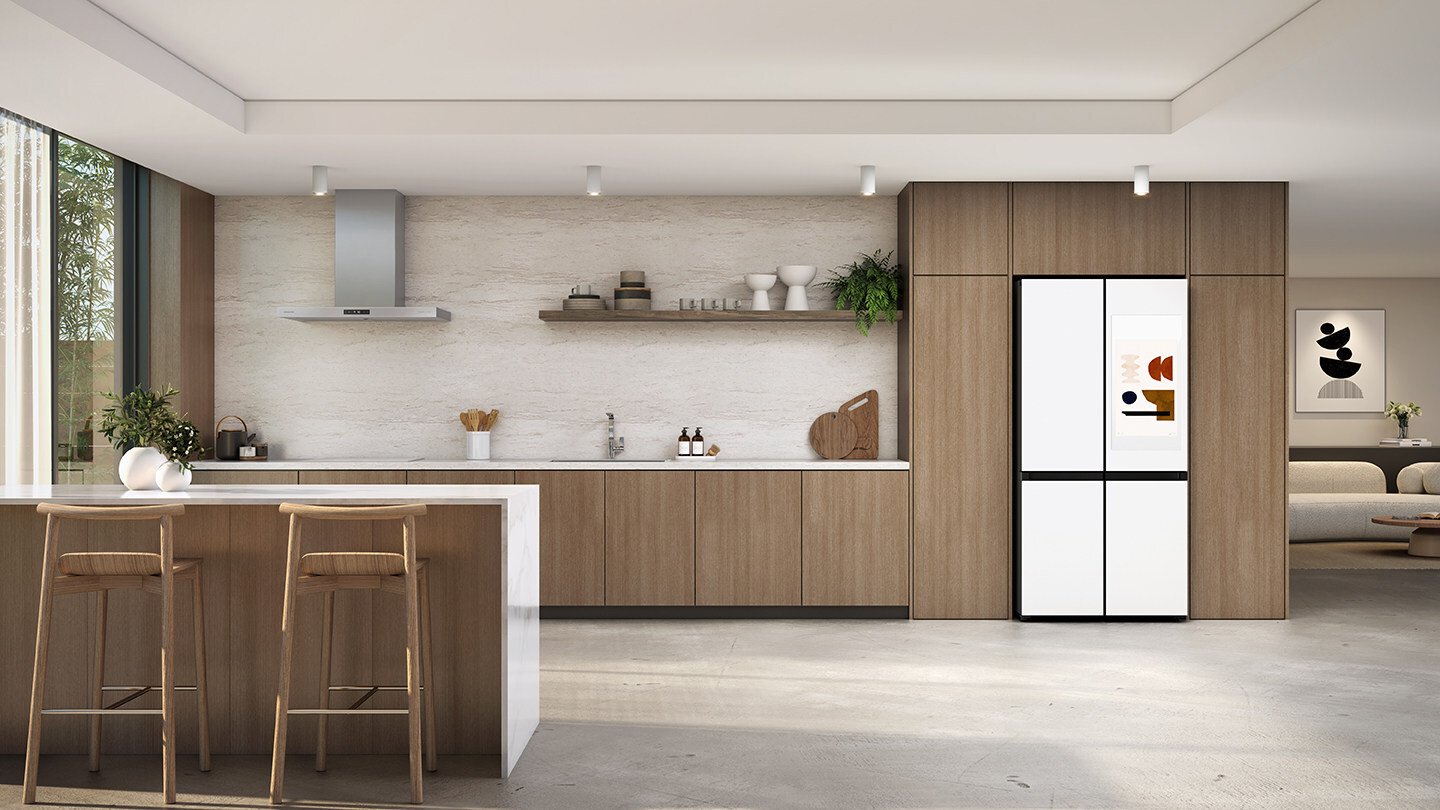

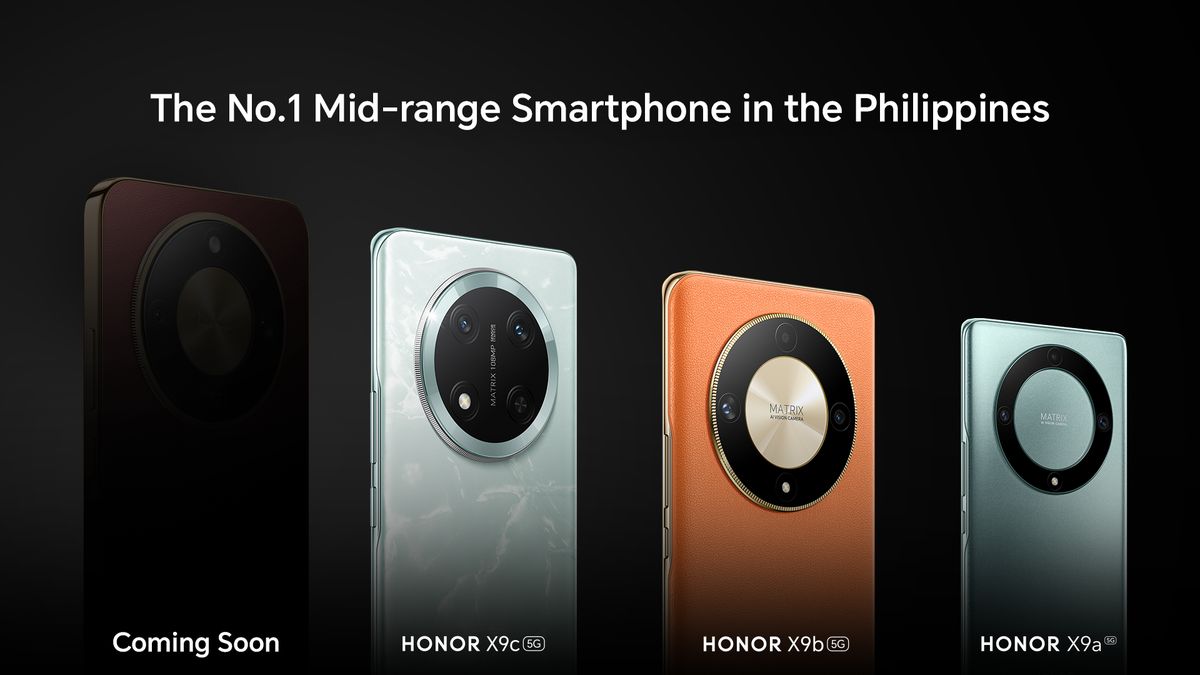


Leave a Reply